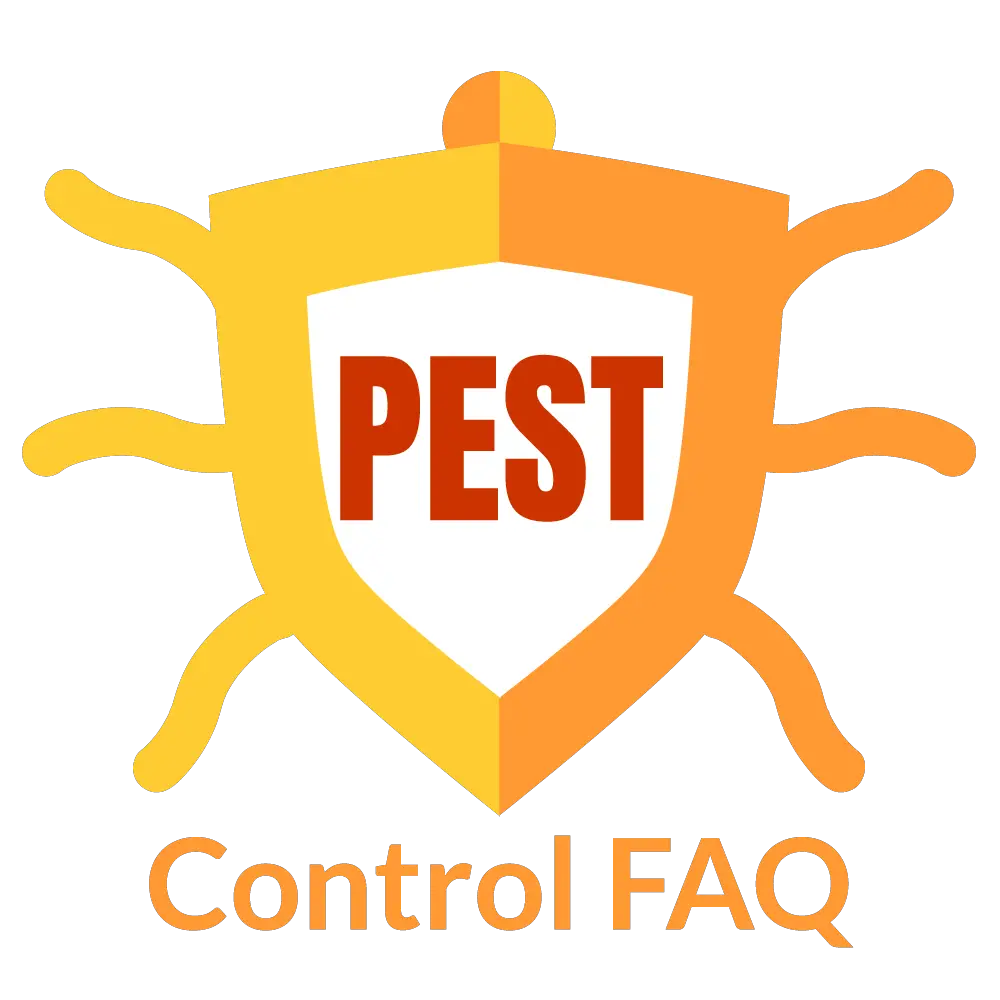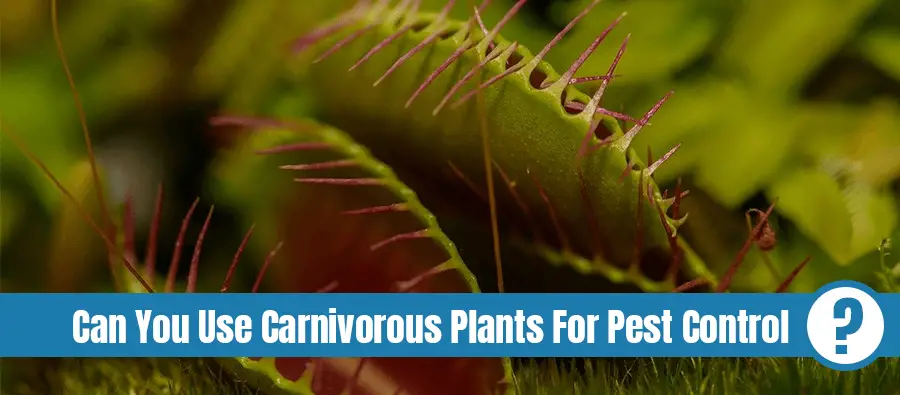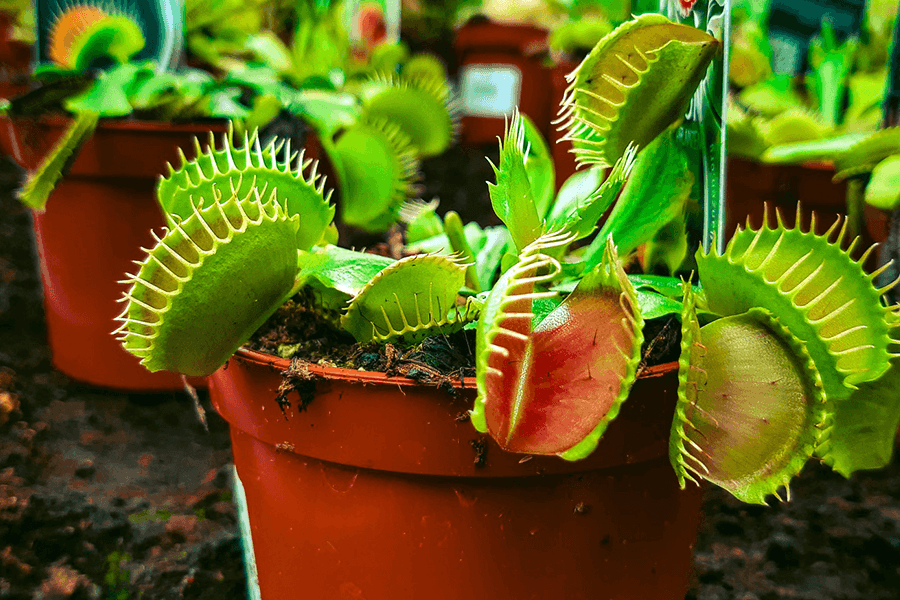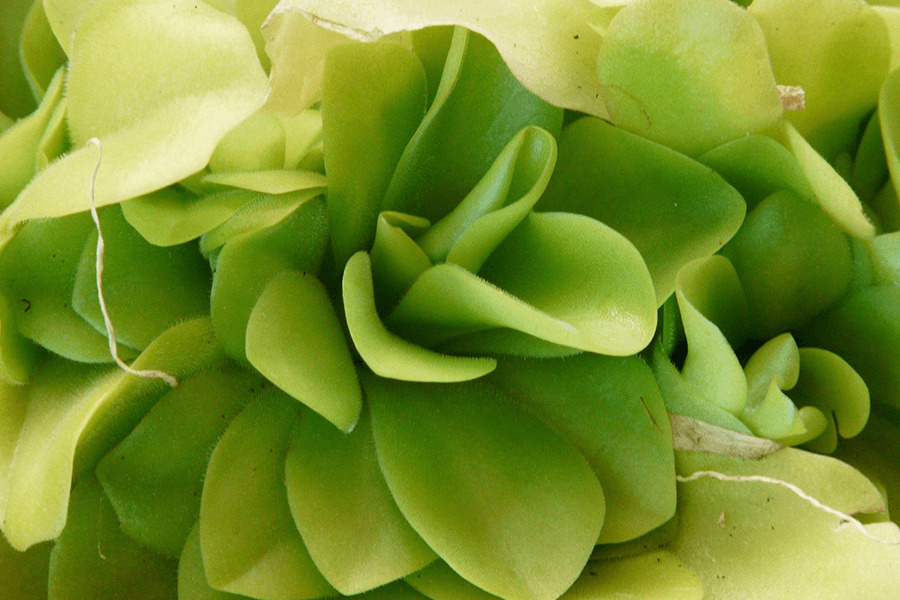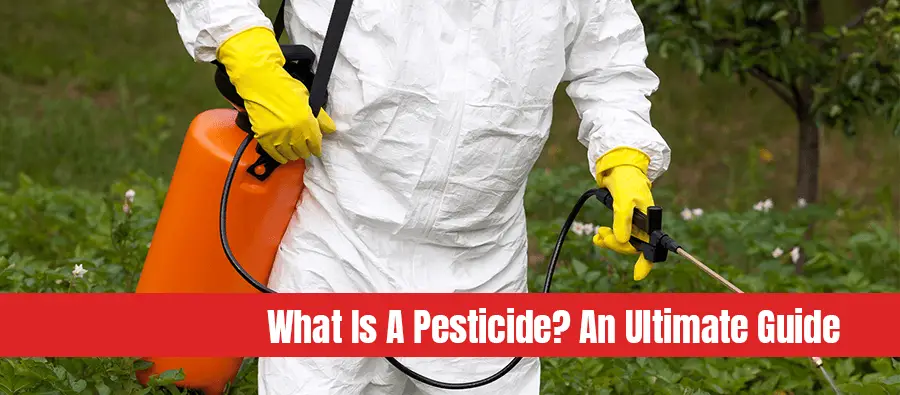A lot of the time when we face pest control, we think of pesticides, jars filled with liquids, and paper hanging in strips. Not many people are aware that there are actual plants that you can get to help you keep things in line.
While these plants won’t completely eliminate the problem, they can have a large effect on your situation. These fascinating plants are beautiful, unique, and sure to be a showstopper. On top of helping you control the number of pests in and around your home.
Here we’ve compiled a guide to help you get started with your carnivorous plant journey.
What are carnivorous plants and how do they work?
These plants all share three main characteristics in how they work:
- They all trap and eliminate their prey,
- They all can digest their prey, and
- They get all of their nutrients from the bugs and critters they digest.
Carnivorous plants can consume anything smaller than a mouse depending on the size of the plant itself. They survive completely on the nutrition they gather and digest from their prey.
They pull nothing from the soil and earth they dwell in. It is just a base of operation for these unique plants.
How can carnivorous plants help with pest control?
Carnivorous plants can be placed in greenhouses to attract pests away from your beloved garden. They are also great on kitchen window sills if you have the occasional fly pop in to pester you.
The nectar they create only draws bugs that are attracted to sweet, sugary things. Meaning flies, butterflies, moths, etc. They will not be helpful against mosquitos and pests that are not attracted to sweet things. The plants you will own will most likely not get large enough to consume anything as large as snails or slugs.
Carnivorous plants cannot be depended on as a primary pest elimination resource. They can be an additional or preventative measure to control a situation. If you are dealing with a random fly here and there getting on your nerves, these could be the perfect answer for you. But if you have a very large problem, these will most likely not be what you’re looking for.
How much do carnivorous plants eat?
These pest control helpers don’t have to eat a whole lot. They are photosynthetic and basically feed to get the nutrients that other plants get from the soil.
As you don’t feed your other plants fertilizer every day, carnivorous plants also don’t need to feed that often either. In addition, they take weeks or months to digest their prey. It’s like a slow-release fertilizer.
When they catch one bug, they cannot catch another during the digestion period one with that same trap. They can, however, trap more bugs with another trap.
What types of traps are there?
All of these plants ultimately use their nectar, beautiful color variation, and digestive liquid to consume their meals. But there are a few different ways this plant species catch their prey.
Here are the different bug traps and how they operate:
- Pitfall traps: These plants have long, pitcher-like leaves with liquid settled in the bottom. The pest either falls or flies into the liquid and can get stuck.
- Snap traps: These plants use rapid leaf movement to snap closed on their prey.
- Flypaper traps: These work just like regular flypaper would. They have nectar that covers their leaves and when anything lands on them, they get stuck.
- Bladder traps: These plants have small bladders under the surface of water that create vacuums inside of them. Once triggered a small door opens on the bladder and any prey is sucked in instantly.
- Lobster traps: These traps work by having leaves that have evolved into a Y shape which make it easy for prey to get in, but incredibly difficult to get out.
5 of the best carnivorous starter plants
While there are hundreds of species of meat-eating plants, there are also some popular starter plants. These are easy to find in garden centers and will be great for any beginner.
1. Venus Flytrap – Dionaea muscipula
The Venus Flytrap is in a single genus of plants, with only one species. It originally came from North and South Carolina, USA. Most of the varieties sold now are cultivated varieties.
Its traps are composed of two parts, an upper and lower leaf with long bristles on the edges. There are three red sessile glands on the inside of the top and bottom leaves that act as feelers.
Venus Flytraps work by attracting their prey with natural nectar they put out. When something lands on the plant, it touches the sessile glands and an internal clock starts on the plant. If something is still touching them within the time limit, the plant snaps shut. The bristles on the edge of the leaves stagger to prevent the bugs from escaping.
If the plant feels that it will get enough nutrients from its catch, you will notice the edges of the leaves starting to seal closed. Once all sealed, glands on the inner wall of the clip begin to secrete digestive juices.
After 1 to 2 weeks, the insects are digested and absorbed, the insect trap is opened again, and the remaining indigestible insect shells are taken away by the wind and rain, and a new “hunting” begins.
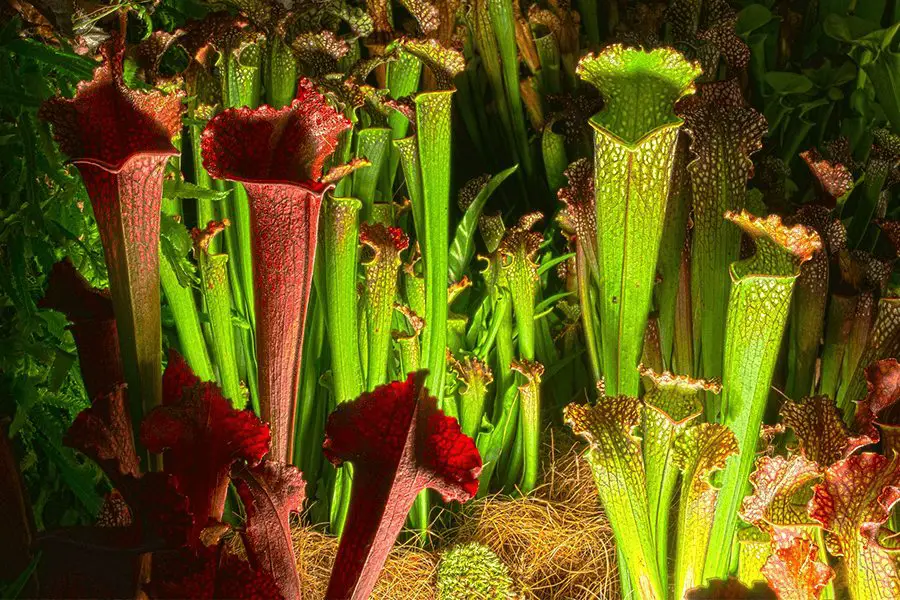
2. Pitcher Plant – Nepenthes
This species can be found primarily in the Malay Archipelagos naturally. They can grow as tall as 20 inches and as wide as 10 inches. The traps form from long winding tendrils that fall from the base of the plant and curl up to form a shape similar to a champagne flute. Which serves as the perfect trap for insects and small critters.
The bottle-shaped body on the top of the Pitcher Plant is perfect for a critter to slip and fall in. And the tall, smooth, waxy walls make it impossible for anything to climb out. The nectar at the base of the pitcher, assures anything that could fly out is nice and stuck.
This plant relies on drowning as its method of execution. Once ready, the nutrients of the body are gradually digested and absorbed through glands in the lower part of the plant. Digestion can take anywhere from 1 week to 2 months.
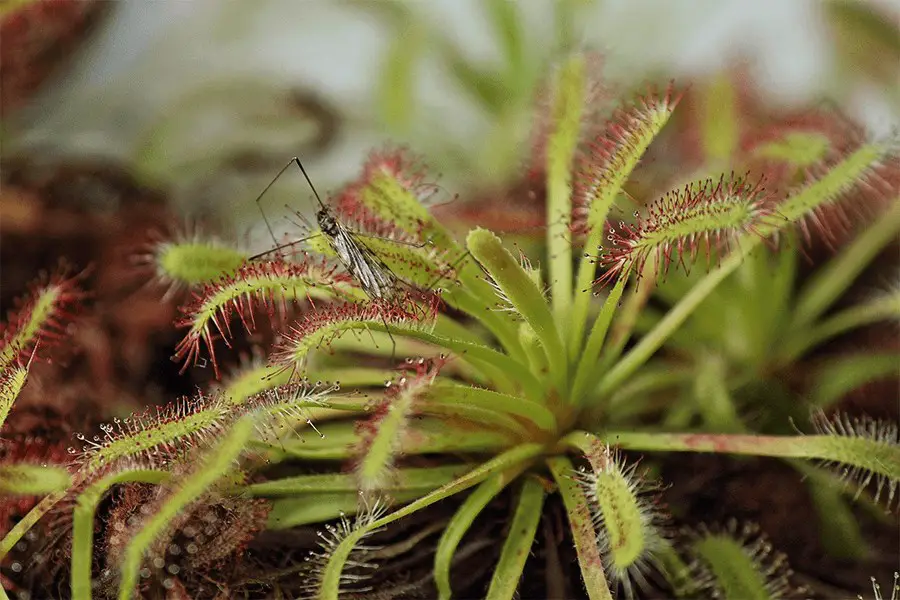
3. Sundew – Drosera
Drosera is a beautiful perennial that has been known to live as long as 50 years. Most natural species can be found in Australia but they can be found from North Alaska to South New Zealand.
It has long, thin leaves that sprawl out like a fern would. Each leaf is covered in tiny hairs that produce incredibly sticky nectar. Insects will land on these leaves to feast and get stuck. They ultimately meet their demise by exhaustion or suffocation as the plant nectar covers them.
Over time, the leaf will curl itself up around the bug and put out an enzyme that dissolves its prey. This allows it to be absorbed through the leaf. It may take several weeks to fully digest its meal. Once it’s done eating, it rolls back out to resume hunting.
Generally when you receive one of these plants there will be no nectar on the leaves. This is fine. Your plant just needs to get readjusted and allowed to settle. You can tell if these are underwatered if they are not producing the nectar at the ends of the hairs once established.
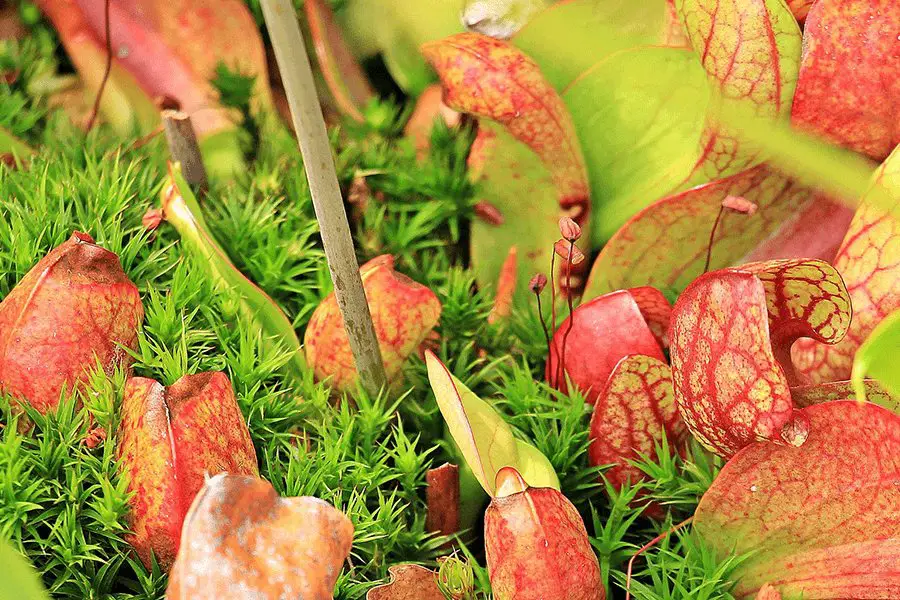
4. Trumpet Pitchers – Sarracenia
Sarracenia is a genus made up of 8 to 11 species of North American Pitcher Plants. These are more commonly called Trumpet Pitchers. The primary difference between these and Pitcher Plants is: while the Nepenthes cascades, this plant grows straight up out of the ground.
This plant relies on lures and inescapability to capture its prey. Their tube-like bodies have small downward-facing hairs at the bottom, and it naturally lines its inside walls with a waxy substance, making them slippery.
Once its prey is trapped, it succumbs to the liquids in the base of the plant and is quickly digested down by the nectar. Digestion can take anywhere from 1 week to 2 months. Unlike the Venus Flytrap, the exoskeletons and little bits left behind are not carried away by the wind and will fill up the tube throughout summer.
5. Butterworth – Pinguicula
This is a species of carnivorous plant belonging to the Butterwort family. It can be found primarily naturally growing in Mexico.
These plants form beautiful rosettes that can have leaves up to 3 ¾ inches in length. Around October you can expect this plant’s wide, flat leaves to be replaced with winter succulent leaves. This allows the plant to survive winter dormancy.
This plant covers its leaves with tiny droplets of nectar, working similarly to fly paper. Once the victim lands on the leaf, the plant reacts to the movement and begins pumping out more nectar along with digestive enzymes. Their prey is then absorbed into the plant.
These plants take anywhere from a few weeks to a few months to digest. And once one spot on a leaf captures prey, it is no longer able to catch more.
How do I care for my carnivorous plant?
Plants rely on the photosynthesis of chlorophyll to produce nutrients to survive. However, these plants can prey on small insects and critters to absorb nutrients. This means they need soil with minimal to no nutrients, fertilizer, or acid.
It is advised that you use distilled water exclusively for them. Since the water in your tap, no matter how soft, may be too harsh.
It is best to put holes in the bottom of your plant container to let out excess water and allow the plant to pull up the water it needs from the runoff. Never let the soil of the plants completely dry. You can keep these plants in a tray of no more than ¾ inch of distilled water to guarantee they will stay moist. If you leave them in anything deeper, it may cause damage to the roots.
I also recommend bright sunlight. I kept all of mine on a shelf with a grow light over them that I bought for relatively cheap and had insanely easy upkeep. I’d suggest something simple, like this, or just making sure they have plenty of sun exposure where you place them.
One last thing to consider in the care of your plant is making sure they stay fed! Of course, if they don’t happen to catch enough around your house or property, they will be hungry!
You can simply feed them some tiny fish flakes by sprinkling them into the trap and triggering it if necessary. The neatest part of this is if you are feeding them this way, and your plant blooms because it is so happy, your flowers will change to whatever color of the food you are feeding them.
If you are spraying any chemicals in a greenhouse or area where they are being kept, remove them to prevent exposure. They can be replaced as soon as any fumes settle.
